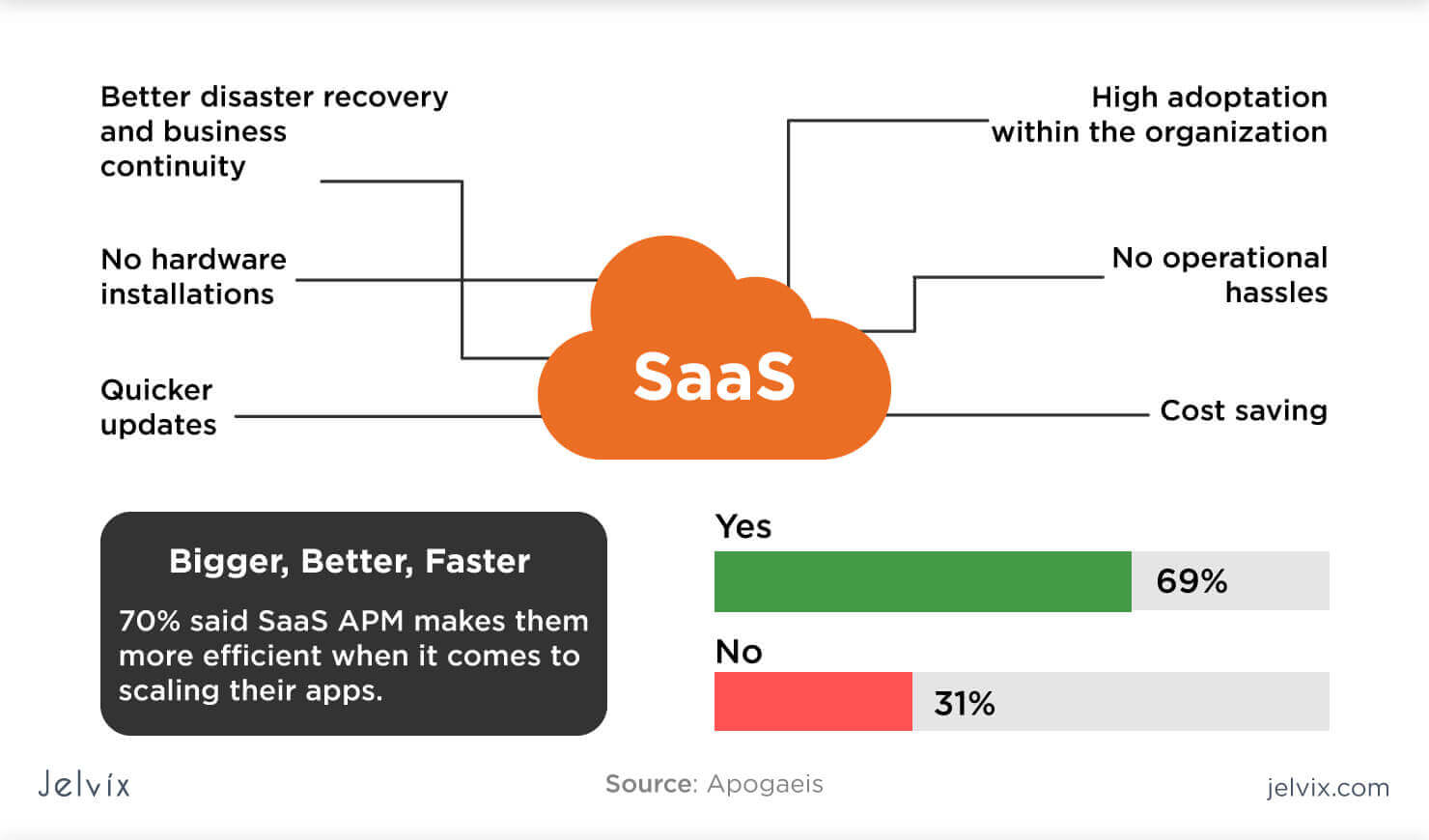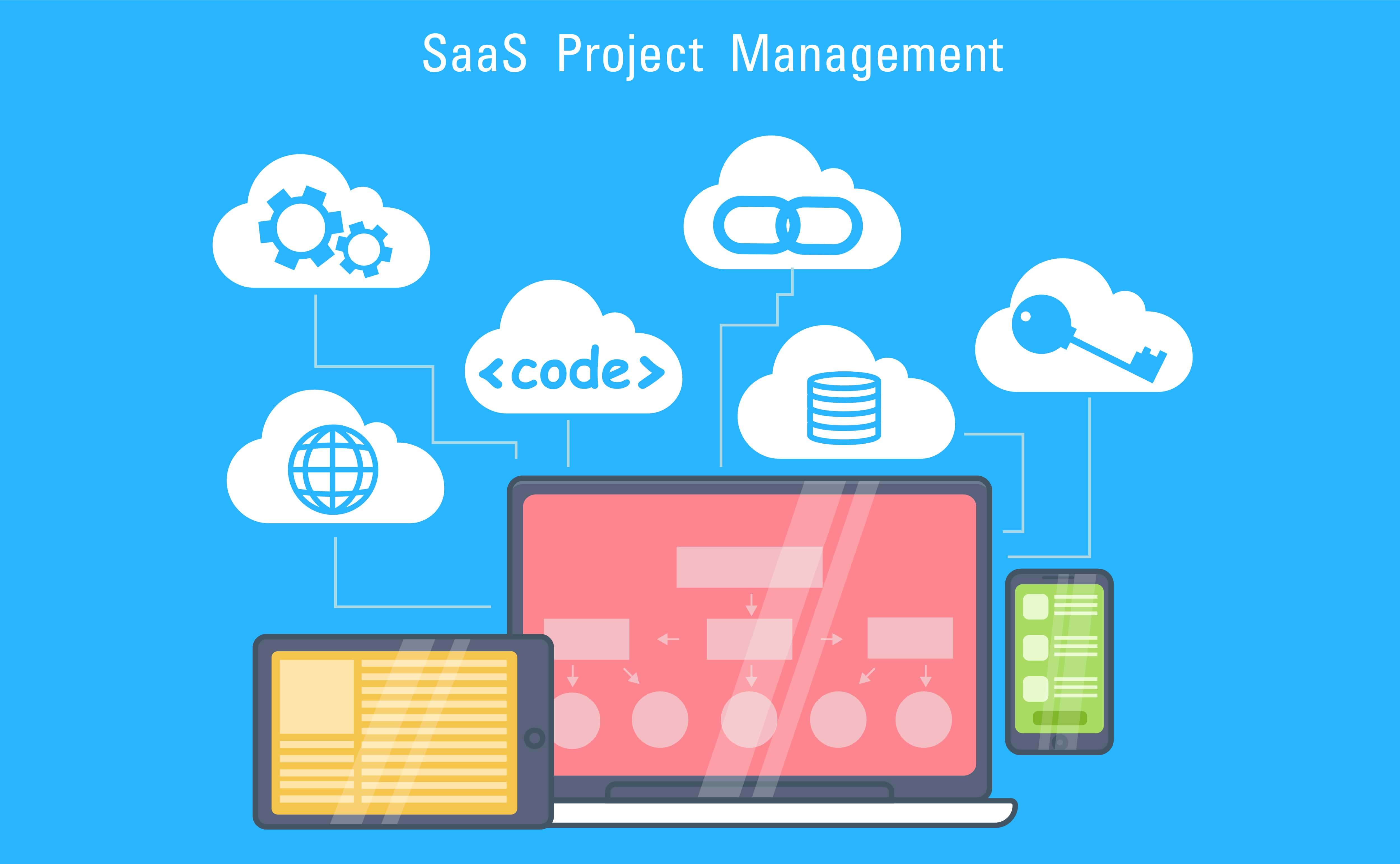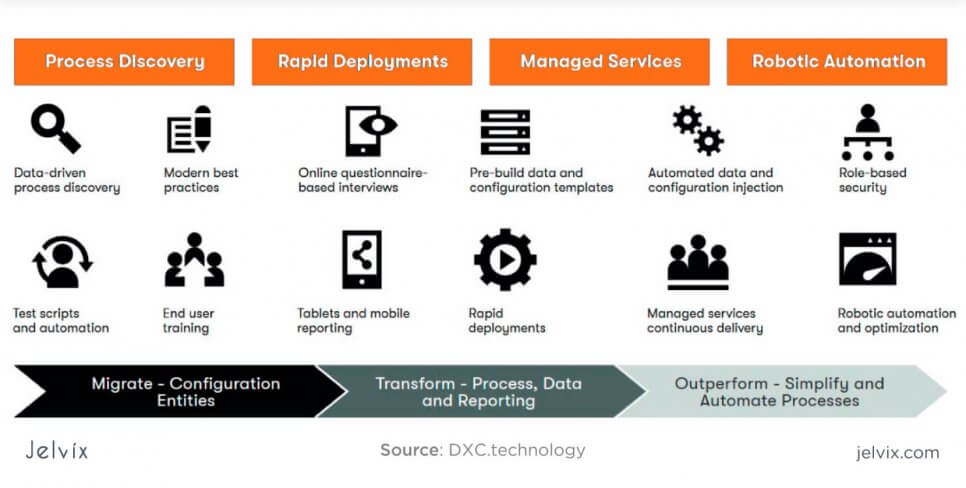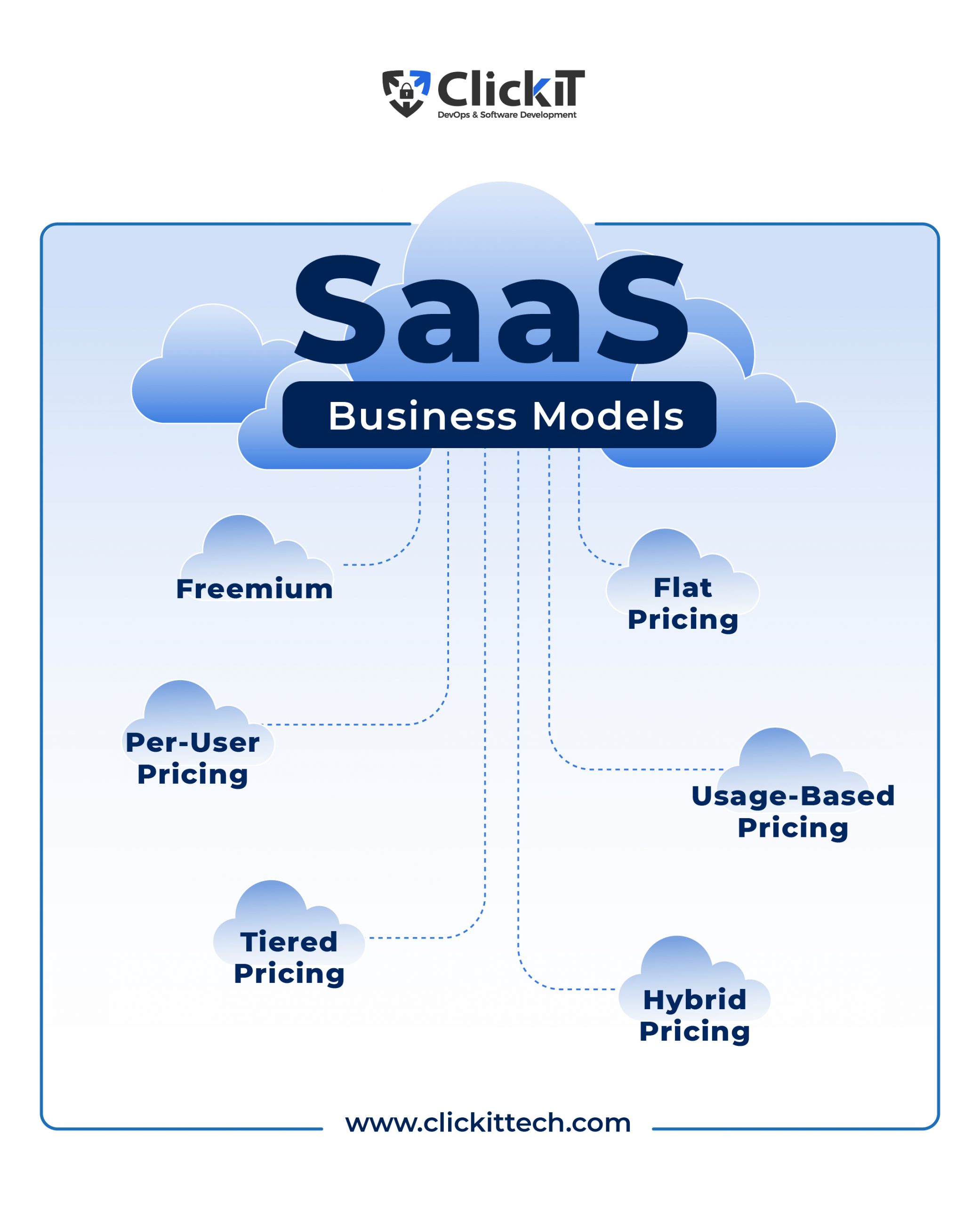Unlocking the Power of SaaS: Understanding the Basics
Software as a Service (SaaS) has revolutionized the way software is delivered, consumed, and monetized. The SaaS model has disrupted traditional software delivery models, offering a more scalable, flexible, and cost-effective solution for businesses and individuals alike. At its core, SaaS involves delivering software applications over the internet, eliminating the need for on-premise installations and maintenance.
The benefits of SaaS are numerous. For one, it enables businesses to reduce their upfront costs and shift from a capital expenditure (CapEx) to an operational expenditure (OpEx) model. This, in turn, allows for greater budget predictability and flexibility. Additionally, SaaS solutions are often more scalable and easier to integrate with other applications, making them ideal for businesses of all sizes.
However, the true power of SaaS lies in its ability to drive innovation and growth. By providing a platform for rapid development, testing, and deployment of software applications, SaaS enables businesses to respond quickly to changing market conditions and customer needs. This, in turn, has given rise to a new generation of SaaS startups that are leveraging the model to disrupt traditional industries and create new markets.
As the SaaS market continues to grow and mature, it’s clear that innovation will play a critical role in driving success. SaaS startup business model innovation, in particular, will be key to unlocking new revenue streams, improving customer engagement, and staying ahead of the competition. By understanding the basics of SaaS and its potential for innovation, businesses can position themselves for long-term success in this rapidly evolving market.
How to Identify Opportunities for Innovation in SaaS Business Models
Identifying opportunities for innovation in SaaS business models is crucial for startups looking to stay ahead of the competition and drive growth. To do this, it’s essential to analyze market trends, customer needs, and competitor activity. By understanding these factors, SaaS startups can uncover areas for differentiation and growth, and develop innovative business models that meet the evolving needs of their customers.
One way to identify opportunities for innovation is to conduct market research and analyze industry trends. This can involve monitoring industry reports, attending conferences and trade shows, and engaging with customers and partners to gain insights into the latest developments and challenges in the market. By staying up-to-date with the latest trends and technologies, SaaS startups can identify areas where they can innovate and differentiate themselves from their competitors.
Another way to identify opportunities for innovation is to analyze customer needs and feedback. This can involve conducting customer surveys, gathering feedback through social media and online reviews, and engaging with customers through support channels. By understanding the needs and pain points of their customers, SaaS startups can develop innovative solutions that meet their needs and improve their overall experience.
Competitor analysis is also an essential part of identifying opportunities for innovation in SaaS business models. By analyzing the strengths and weaknesses of their competitors, SaaS startups can identify areas where they can differentiate themselves and develop innovative solutions that meet the evolving needs of their customers. This can involve analyzing their competitors’ pricing strategies, product offerings, and marketing tactics, and identifying areas where they can improve and innovate.
By analyzing market trends, customer needs, and competitor activity, SaaS startups can identify opportunities for innovation and develop business models that drive growth and success. SaaS startup business model innovation is critical in today’s fast-paced and competitive market, and by staying ahead of the curve, startups can position themselves for long-term success and growth.
Key Characteristics of Successful SaaS Business Models
Successful SaaS business models share certain key characteristics that enable them to drive growth, innovation, and customer satisfaction. One of the most important characteristics is subscription-based pricing, which provides a predictable and recurring revenue stream. This model allows customers to pay for the software on a monthly or annual basis, rather than having to purchase it outright.
Another key characteristic of successful SaaS business models is cloud-based infrastructure. This enables SaaS companies to scale quickly and efficiently, without having to worry about the costs and complexities of maintaining their own infrastructure. Cloud-based infrastructure also provides greater flexibility and reliability, as well as improved security and disaster recovery.
Customer-centric design is also a critical characteristic of successful SaaS business models. This involves designing the software and user experience around the needs and preferences of the customer, rather than simply trying to sell a product. Customer-centric design enables SaaS companies to build strong relationships with their customers, and to deliver software that meets their evolving needs.
Examples of successful SaaS companies that embody these characteristics include Salesforce and Dropbox. Salesforce, for example, has built a highly successful SaaS business model around its customer relationship management (CRM) software. The company’s subscription-based pricing model provides a predictable and recurring revenue stream, while its cloud-based infrastructure enables it to scale quickly and efficiently.
Dropbox, on the other hand, has built a successful SaaS business model around its cloud-based file sharing and storage software. The company’s customer-centric design approach has enabled it to build a strong relationship with its customers, and to deliver software that meets their evolving needs. Dropbox’s subscription-based pricing model also provides a predictable and recurring revenue stream, while its cloud-based infrastructure enables it to scale quickly and efficiently.
By incorporating these key characteristics into their business models, SaaS startups can drive growth, innovation, and customer satisfaction. SaaS startup business model innovation is critical in today’s fast-paced and competitive market, and by staying ahead of the curve, startups can position themselves for long-term success and growth.
Disrupting Traditional Industries with SaaS: Case Studies
SaaS startups have been disrupting traditional industries in various ways, bringing innovation and efficiency to sectors that were previously dominated by traditional business models. One example of this is the healthcare industry, where SaaS startups like Athenahealth and Teladoc have revolutionized the way healthcare services are delivered.
Athenahealth, for instance, has developed a cloud-based platform that enables healthcare providers to manage their practices more efficiently. The platform provides a range of tools and services, including electronic health records, billing and insurance claims management, and patient engagement. By leveraging the power of SaaS, Athenahealth has been able to reduce costs and improve outcomes for healthcare providers and patients alike.
Another example of a SaaS startup disrupting a traditional industry is Teladoc, which has developed a platform that enables patients to access healthcare services remotely. The platform provides a range of services, including video consultations, phone consultations, and messaging. By leveraging the power of SaaS, Teladoc has been able to increase access to healthcare services and reduce costs for patients and healthcare providers.
In the finance industry, SaaS startups like Stripe and Square have disrupted traditional payment processing models. Stripe, for instance, has developed a cloud-based platform that enables businesses to accept online payments more easily. The platform provides a range of tools and services, including payment processing, invoicing, and subscription management. By leveraging the power of SaaS, Stripe has been able to reduce costs and improve outcomes for businesses and consumers alike.
Similarly, Square has developed a platform that enables businesses to accept payments more easily. The platform provides a range of tools and services, including payment processing, point-of-sale systems, and inventory management. By leveraging the power of SaaS, Square has been able to reduce costs and improve outcomes for businesses and consumers alike.
These case studies demonstrate the power of SaaS startup business model innovation in disrupting traditional industries. By leveraging the power of SaaS, startups can bring innovation and efficiency to sectors that were previously dominated by traditional business models. As the SaaS market continues to grow and evolve, we can expect to see even more innovative business models and strategies emerge.
Designing a Scalable SaaS Business Model
Designing a scalable SaaS business model is crucial for startups looking to drive growth and success. A scalable business model enables a company to increase its revenue and customer base without a corresponding increase in costs. To design a scalable SaaS business model, startups should focus on developing a minimum viable product (MVP), creating a go-to-market strategy, and building a strong customer acquisition funnel.
Developing an MVP is the first step in designing a scalable SaaS business model. An MVP is a product that has just enough features to satisfy early customers and provide feedback for future development. By launching an MVP, startups can test their product in the market, gather feedback from customers, and iterate on their product to improve its features and functionality.
Creating a go-to-market strategy is also critical for designing a scalable SaaS business model. A go-to-market strategy outlines how a company will reach its target market, acquire customers, and drive revenue growth. This strategy should include a clear understanding of the target market, a unique value proposition, and a plan for customer acquisition and retention.
Building a strong customer acquisition funnel is also essential for designing a scalable SaaS business model. A customer acquisition funnel is a series of steps that a customer goes through from initial awareness to conversion. By building a strong customer acquisition funnel, startups can increase their conversion rates, reduce their customer acquisition costs, and drive revenue growth.
To build a strong customer acquisition funnel, startups should focus on creating a clear and compelling value proposition, developing a lead generation strategy, and creating a sales process that converts leads into customers. By doing so, startups can design a scalable SaaS business model that drives growth and success.
SaaS startup business model innovation is critical in today’s fast-paced and competitive market. By designing a scalable business model, startups can drive growth, increase revenue, and stay ahead of the competition. By following these tips, startups can design a scalable SaaS business model that drives success and growth.
Measuring Success: Key Metrics for SaaS Startups
Measuring success is crucial for SaaS startups, as it enables them to track their progress, identify areas for improvement, and make informed business decisions. To measure success, SaaS startups should focus on key metrics that provide insights into their customer acquisition, retention, and revenue growth.
One of the most important metrics for SaaS startups is customer acquisition cost (CAC). CAC measures the cost of acquiring a new customer, including sales and marketing expenses. By tracking CAC, SaaS startups can optimize their customer acquisition strategies and reduce their costs.
Another key metric for SaaS startups is customer lifetime value (CLV). CLV measures the total value of a customer over their lifetime, including recurring revenue and potential upsells. By tracking CLV, SaaS startups can identify opportunities to increase revenue and improve customer retention.
Monthly recurring revenue (MRR) is also a critical metric for SaaS startups. MRR measures the recurring revenue generated by a SaaS startup each month, providing insights into their revenue growth and stability. By tracking MRR, SaaS startups can optimize their pricing strategies and improve their revenue growth.
To use these metrics effectively, SaaS startups should track them regularly and analyze the data to inform their business decisions. By doing so, they can identify areas for improvement, optimize their strategies, and drive growth.
SaaS startup business model innovation is critical in today’s fast-paced and competitive market. By tracking key metrics and using data to inform their business decisions, SaaS startups can stay ahead of the competition and drive continued growth.
Additionally, SaaS startups should also track other metrics such as churn rate, customer satisfaction, and net promoter score (NPS) to get a comprehensive view of their business performance.
Overcoming Common Challenges in SaaS Business Model Innovation
SaaS startups often face common challenges when innovating their business models, including resistance to change, limited resources, and intense competition. To overcome these challenges, SaaS startups must be proactive and strategic in their approach to innovation.
One of the biggest challenges faced by SaaS startups is resistance to change. Many customers and employees may be hesitant to adopt new technologies or business models, which can make it difficult for SaaS startups to innovate and grow. To overcome this challenge, SaaS startups must communicate the benefits of their innovative business models clearly and effectively, and provide training and support to help customers and employees adapt to the changes.
Another challenge faced by SaaS startups is limited resources. Many SaaS startups have limited budgets and personnel, which can make it difficult for them to invest in innovation and growth. To overcome this challenge, SaaS startups must prioritize their resources and focus on the most important areas of innovation and growth. They must also be strategic in their use of resources, leveraging partnerships and collaborations to access new technologies and expertise.
Intense competition is another challenge faced by SaaS startups. The SaaS market is highly competitive, with many established players and new entrants vying for market share. To overcome this challenge, SaaS startups must differentiate themselves through innovative business models and strategies. They must also focus on delivering exceptional customer experiences and building strong relationships with their customers.
By understanding and addressing these common challenges, SaaS startups can overcome the obstacles to innovation and growth, and stay ahead of the competition. SaaS startup business model innovation is critical in today’s fast-paced and competitive market, and by being proactive and strategic, SaaS startups can drive continued growth and success.
Additionally, SaaS startups can also leverage emerging technologies such as artificial intelligence, machine learning, and blockchain to drive innovation and growth. By embracing these technologies, SaaS startups can create new business models and strategies that are more efficient, effective, and customer-centric.
Staying Ahead of the Curve: Future Trends in SaaS Business Model Innovation
The SaaS industry is constantly evolving, and startups must stay ahead of the curve to remain competitive. One of the most significant trends in SaaS business model innovation is the rise of artificial intelligence (AI). AI is being used to automate tasks, improve customer experiences, and drive business growth. SaaS startups can leverage AI to develop more intelligent and personalized software solutions that meet the evolving needs of their customers.
Another trend in SaaS business model innovation is the Internet of Things (IoT). IoT is enabling SaaS startups to develop software solutions that connect and interact with physical devices, creating new opportunities for innovation and growth. By leveraging IoT, SaaS startups can develop more comprehensive and integrated software solutions that meet the evolving needs of their customers.
Blockchain technology is also a significant trend in SaaS business model innovation. Blockchain is enabling SaaS startups to develop more secure and transparent software solutions that meet the evolving needs of their customers. By leveraging blockchain, SaaS startups can develop more trustworthy and reliable software solutions that drive business growth and success.
To stay ahead of the curve, SaaS startups must be proactive and strategic in their approach to innovation. They must continuously monitor market trends, customer needs, and competitor activity to identify areas for differentiation and growth. By doing so, SaaS startups can develop innovative business models and strategies that drive continued growth and success.
SaaS startup business model innovation is critical in today’s fast-paced and competitive market. By leveraging emerging technologies such as AI, IoT, and blockchain, SaaS startups can develop more intelligent, comprehensive, and secure software solutions that meet the evolving needs of their customers. By staying ahead of the curve, SaaS startups can drive continued growth and success, and remain competitive in the market.






